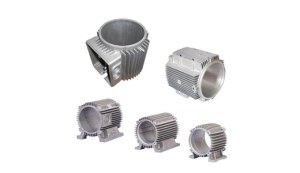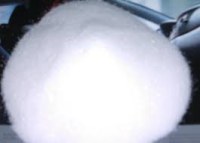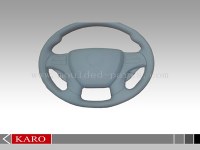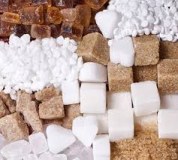The vacuum dies casting, as this name indicates, is a casting method in which the major processes including melting, pouring, solidifying are performed inside the vacuum chamber. The vacuum is able to minimize the gas content of the product and prevent further oxidation from happening to the metal. This is a quite expansive technic, manufacturing the special alloy steel and oxidate-like titanium casting part can use this method to achieve a very high specification requirement.
Vacuum Die Casting Process
The vacuum dies casting is a further modified technic to vacuum casting. It is a die-casting method but the main process performs after a certain degree of vacuum building up. The degree of vacuum is about to be 50~80 kPa. In practice, there are 2 major kinds of methods for vacuum die casting:
Using a vacuum cover seal the mold. The cover takes the whole mold closed, and pumps out the air inside, then does the vacuum die casting work.
The vacuum is created with the help of the mold parting surface. There is a specifically designed air vent groove in the mold which connected to the vacuum system. When the injection plunger closes the pouring gate, the air pump works to create the vacuum to a certain degree, then the vacuum die casting works could be conducted.
Vacuum Die Casting VS Traditional Casting
Compared with traditional casting, the same thing is: both are made by pouring molten or semi-molten metal into the mold, and then the required part is obtained by cooling and solidifying the metal.
Differences between vacuum die casting and traditional casting.
In the die-casting process, after pouring, before the metal liquid enters the mold, it enters the pressure chamber and then is pressurized and injected into the mold. This makes the filling speed of die casting faster than ordinary gravity casting.
In the process of vacuum die casting, there will be the process of pressurization and pressure-holding, by applying pressure, which makes the denseness of the metal inside after solidification better than the traditional casting parts.
Advantages of Vacuum Die Casting
Vacuum die casting molding is a physical molding method, which combines vacuum technology with sand casting developed by casting manufacturing company, relying on plastic film to seal the cavity surface and the back of the sand mold. With the help of vacuum pumping to generate negative pressure, it will result in the pressure difference inside and outside the sand mold so that the mold sand is tightly formed.
After placing the sand core, closing the mold, casting, waiting for the casting to solidify, lifting the negative pressure, or stopping pumping, the mold sand will then collapse and get the casting.
According to the current field of application, vacuum die casting can be mainly divided into vacuum sealed mold making (V method) and solid vacuum casting (FV method). The advantages are:
Moderate vacuum, high die cavity tightness and high casting quality.
Vacuum casting with computer simulation of mold flow analysis can predict the generation of casting defects, for the design of the mold making scheme, can significantly save time, and improve production efficiency.
As a professional foundry manufacturer, We provide metal casting china, sodium silicate sand casting, vacuum assisted high pressure die casting, vacuum pressure casting, etc. Want to know more, contact us.
Localisation : No.1-101, building no.18, gate no.189, Nanneihuan street, Yinze district, Taiyuan city, Shanxi province, China, 030001 Yinze,
Personne à contacter : castings ray, 0351 4086352








